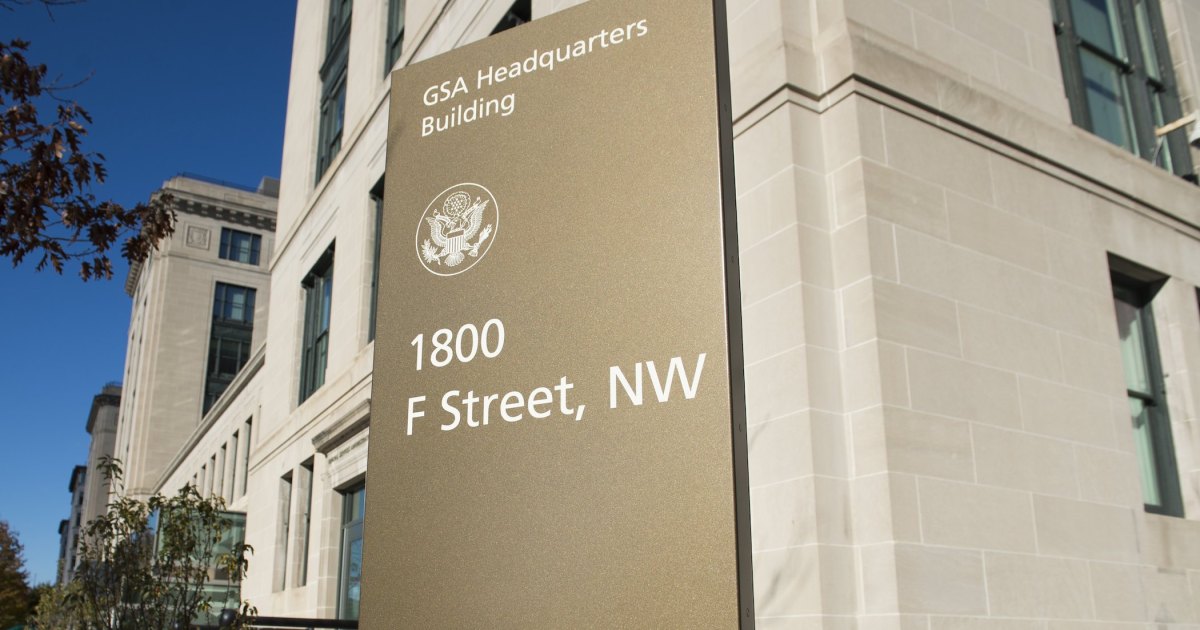GSA making interagency data and cloud collaboration easier mid-pandemic

The COVID-19 pandemic has the General Services Administration thinking about how it can reduce barriers to interagency collaboration around data and the cloud.
GSA is working with Federal Chief Information Officers Council leadership to develop configuration guidance and pilots, as well as whitelist Federal Risk and Authorization Management Program-approved cloud technologies blocked between agencies, said Dan Pomeroy, who leads the Office of Information Integrity and Access within GSA’s Office of Government-wide Policy.
These steps may seem like “basics,” but they weren’t a priority until the pandemic revealed some agencies can’t even participate in an interagency video call without a connectivity agreement, Pomeroy said.
“Particularly in a post-COVID world, our ability to effectively collaborate beyond our own organizational silo — that need has really presented itself as a major area of concern,” he said during an ATARC event Thursday. “And we’ve seen agencies run into institutional barriers that hinder interagency collaboration.”
Such policies are holdovers from a “pre-cloud, pre-COVID world,” Pomeroy added.
Despite GSA and the Federal CIO Council’s increased emphasis on interagency collaboration, data-sharing agreements between agencies remain in their infancy.
The Department of Defense has historically used such agreements to copy data between clouds, when instead its components should be using them to access only the specific data they require, said Thom Kenney, chief data officer within U.S. Special Operations Command.
For instance, Kenney pointed to one dataset that was replicated hundreds of times across the Army, and sometimes the same dataset exists in different locations within the same system. SOCOM is no exception.
“We have folks that have purchased data multiple times, simply because we haven’t been able to visualize where all of our data is,” Kenney said. “And we’ve also run into situations where we have multiple data-sharing agreements for the same data from a single agency.”
Data-sharing agreements must evolve to where agencies are no longer copying entire datasets to a new location but instead using data catalogs and examining the metadata to discover and isolate exactly what they need, he added.
On top of this, DOD must further embrace an identity management system that can easily verify whether a component has the right to access specific data. Doing so could reduce the time it takes to secure a data-sharing agreement from as much as a year to “7 hours or 7 minutes,” Kenney said.
Prior to the pandemic, GSA managed to upgrade older, homegrown data-sharing architectures where it could and is now investing in platforms that can evolve over time in instances where legacy systems were obsolete, Pomeroy said.
“We’re benefitting from choices that were made pre-pandemic to move to more advanced data-visualization platforms,” he said. “Not everything has come to full fruition yet, but that’s OK.”




